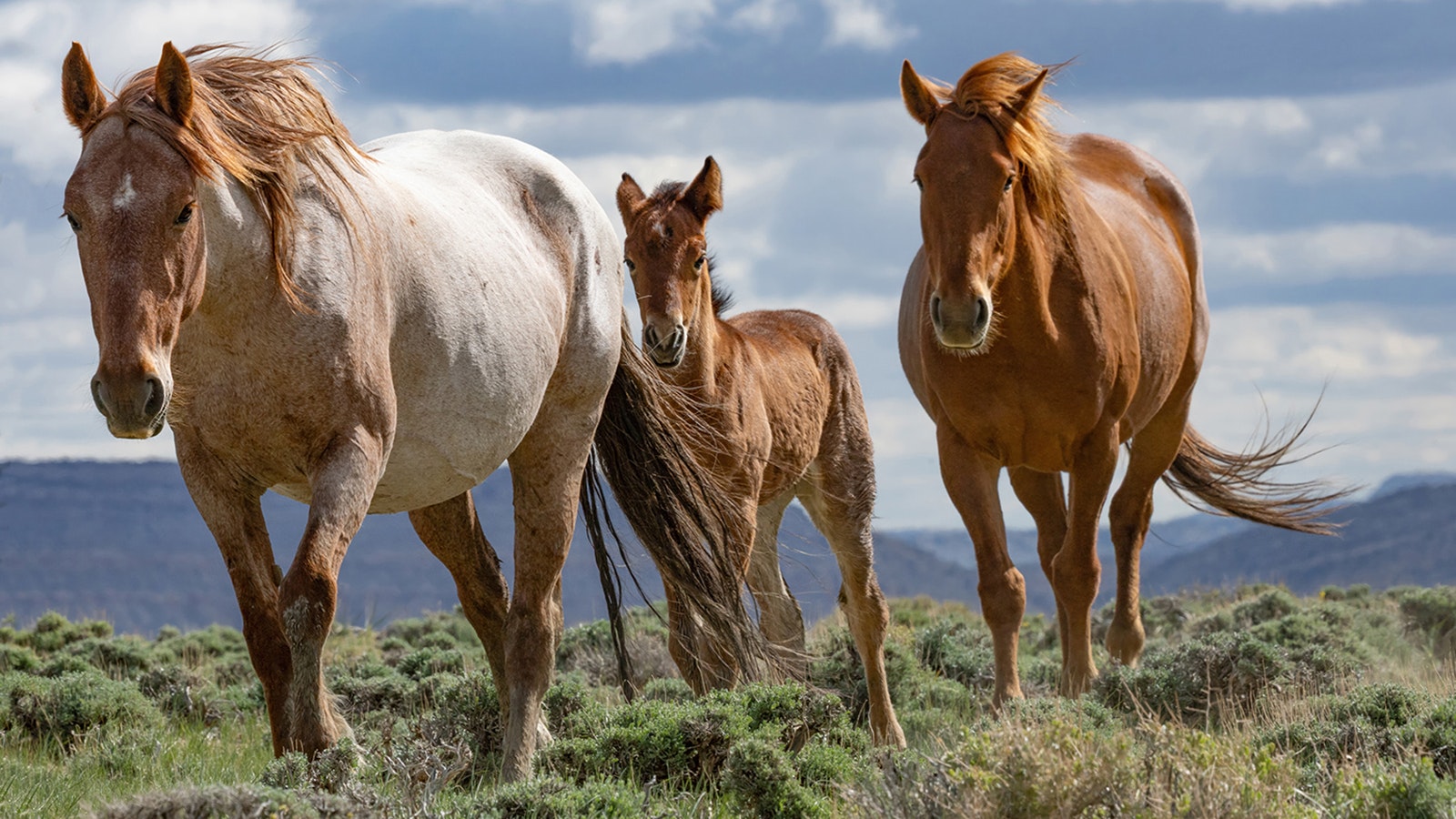The effects of eating poisonous death cap mushrooms aren’t something anybody would want to experience, says a University of Wyoming mushroom expert.
“It’s not a good way to leave this world,” Steven Miller told Cowboy State Daily on Friday.
A professor in the UW Botany Department who specializes in the study of mushrooms, Miller said the initial symptoms of ingesting a death cap can include vomiting and cramping.
“The hideous thing about it (death cap poisoning) is that the symptoms will clear up after a while, but then come back – and more – as major organs start to shut down,” he said. “And by then it’s too late.”
Death cap poisoning can kill within a few days, he said.
Wyoming is on the lookout for death cap mushrooms as the species expands its range, and they’ll eventually show up in Wyoming, Miller said. They’re most likely to first sprout up in Yellowstone National Park.
“Those San Francisco people should have known better than to consume something new they’d found. Just because there isn’t a picture of something in a book of mushrooms in your area to avoid doesn’t mean you should eat a bunch of it.”
Steven Miller, UW professor and mushroom expert
Originally from Europe
Death cap mushrooms are native to Europe. Spores somehow made their way to the East Coast hundreds of years ago, Miller said. Later, they started showing up on the West Coast and in the Northwest.
They now appear to be moving eastward from there, with warming temperatures being a contributing factor, Miller said. They were discovered last year near Boise, Idaho.
Death caps wouldn’t be the first flora to make such a journey, Miller said.
Lodge pole pine trees are considered a Wyoming staple, but they’ve been here for only a relatively scant 5,000-6,000 years, he said.
“They moved up the West Coast, and then turned and came over” into the Mountain West, Miller said.
Death cap mushrooms appear to be taking a similar path, he said. The spores can be lofted into upper-air currents and travel hundreds of miles at a time.
Yellowstone is the most likely place for them to take root in Wyoming because of its proximity to the death caps’ expanding habitat, Miller said. It also has some of the best conditions and tree species to host the fatal fungus.
Tree Dependent
Death caps are a type of mushroom that’s dependent upon “host species” of trees, Miller said.
“They have to be associated with the roots of a living tree,” he said.
In the coastal areas, death cap mushrooms are usually associated with California oak and eastern hardwoods, Miller said. But that doesn’t mean they couldn’t adapt to Wyoming’s forests.
“We do have some oaks in Wyoming, such as in the region of Devils Tower,” he said. “There are also scrub oaks going down into Utah and Colorado.”
Death caps could adapt to several conifer tree species here, Miller said, including Douglas fir, spruce and larch.
‘Should Have Known Better’
Collecting and/or eating wild mushrooms is a popular outdoor activity, but it requires a good degree of knowledge to stay safe, Miller said.
Collectors should be up to date on which mushrooms in their area are safe to handle and consume, he said. And they should consult experts if they have any doubts whatsoever about the mushrooms they’ve found in the woods.
He recalls two people from San Francisco who suffered horribly after eating death cap mushrooms when the species first appeared there in the 1990s.
They sought medical attention quickly enough to avoid death, but still needed liver transplants, he said.
“Those San Francisco people should have known better than to consume something new they’d found,” he said. “Just because there isn’t a picture of something in a book of mushrooms in your area to avoid doesn’t mean you should eat a bunch of it.”





